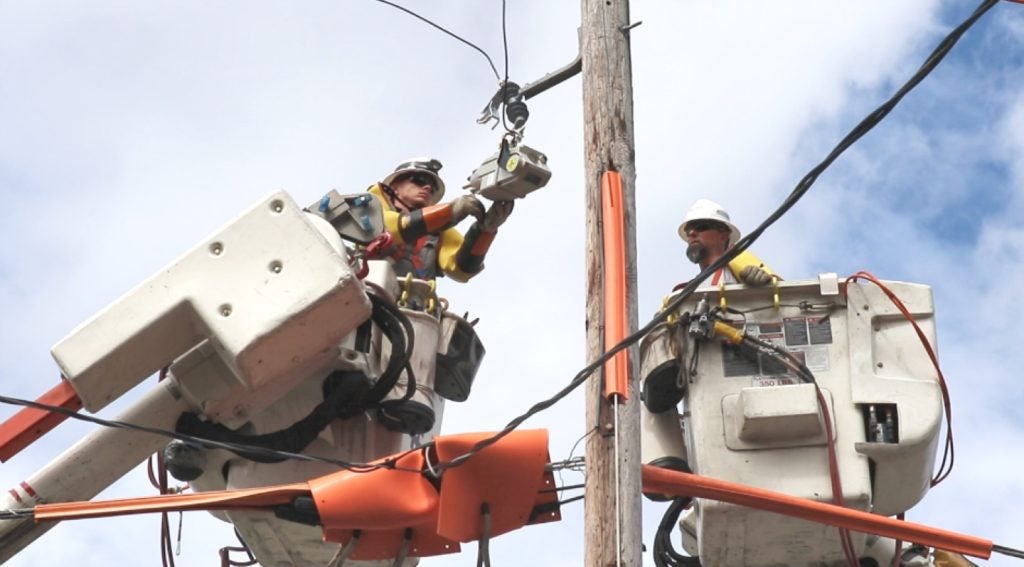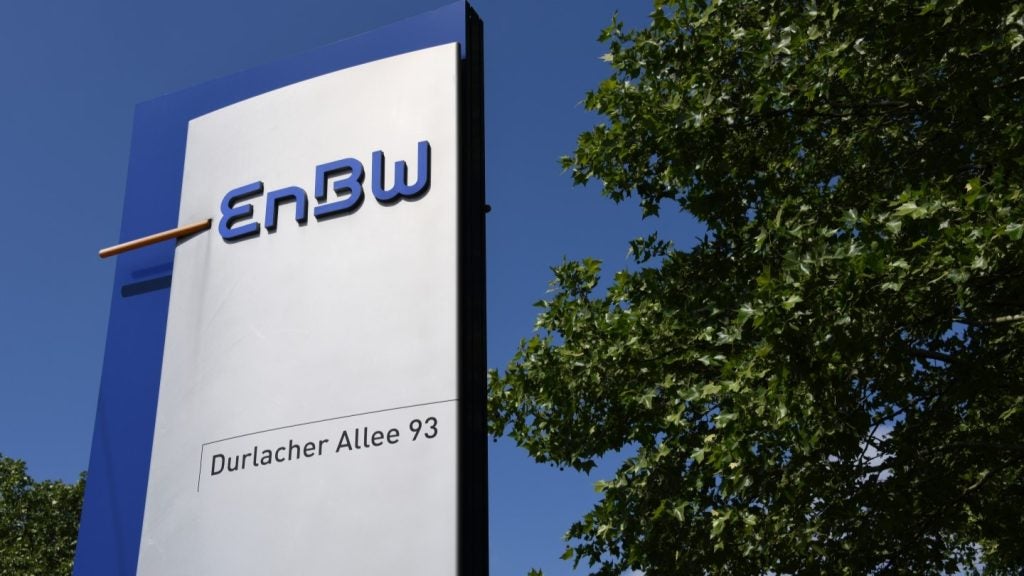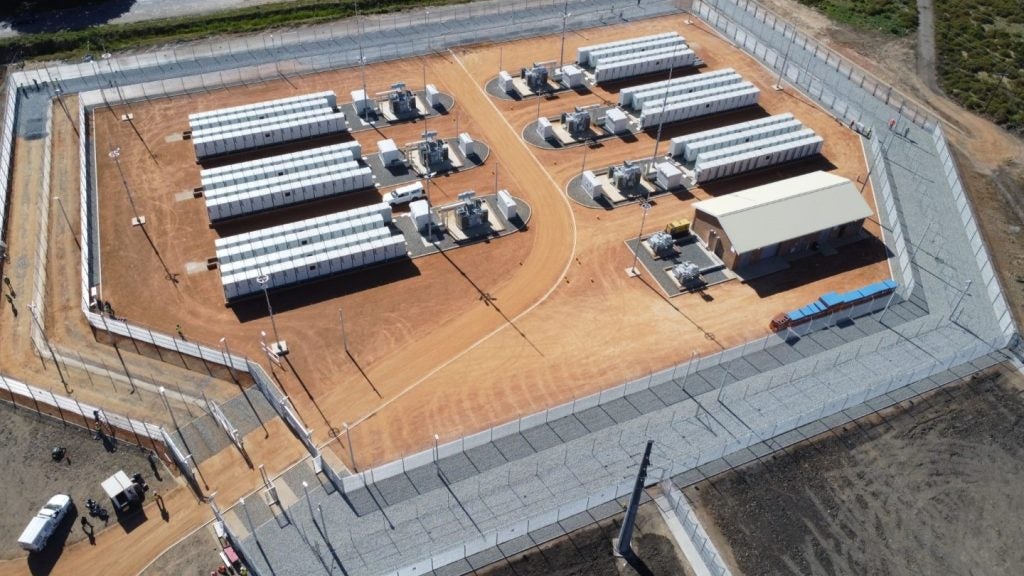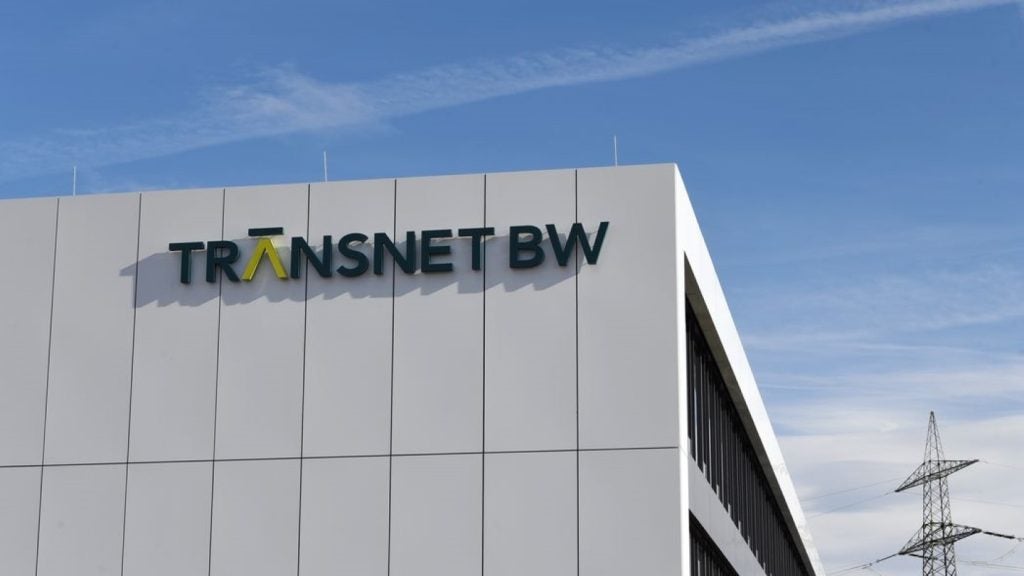New Jersey utility Jersey Central Power and Light (JCP&L), a FirstEnergy subsidiary, is planning to invest $935m over five years to modernise the state’s electricity infrastructure.
The new proposal, known as EnergizeNJ, aims to strengthen the backbone of the local electric system and provide the foundation for smart grid capabilities in the future.
The programme is the company’s largest-ever infrastructure upgrade investment and will include a grid upgrade, improved system resiliency and substation modernisation.
More than 600 miles (965km) of overhead power lines will be upgraded with more robust wiring to facilitate increased capacity and resist high-impact storms.
A total of 46 miles (74km) of ageing underground lines will be replaced with modern, protected wiring, while 2,175 new TripSaver devices will be installed across 500 JCP&L circuits. These programmable devices act as circuit breakers and can automatically re-energise a power line in seconds.
Service voltage across JCP&L's footprint will be standardised for additional circuits to be connected as backup.
A total of 18 substations will also be upgraded to support additional backup power feeds and provide uninterrupted power supply to customers if regular lines are damaged.
Other upgrades include installing modern protective devices, upgrading substation components and enhancing equipment at central New Jersey coastal substations.
Additional mobile substations will be purchased to add redundancy and emergency backup during major power outages.
JCP&L president Jim Fakult stated: “EnergizeNJ reaffirms our commitment to safe, affordable and reliable electric service into the future, ensuring our customers receive the service they expect and deserve from a modernised electric system.
“This plan represents a transformational upgrade of our electric grid infrastructure, using modern technology and smart devices to help reduce the size and duration of outages.”
The modernisation is considered essential as the state grows its clean energy resources.
Grid capacity can now be increased by connecting additional resources such as solar development and electric vehicle charging infrastructure to support the future switch to renewable energy.















